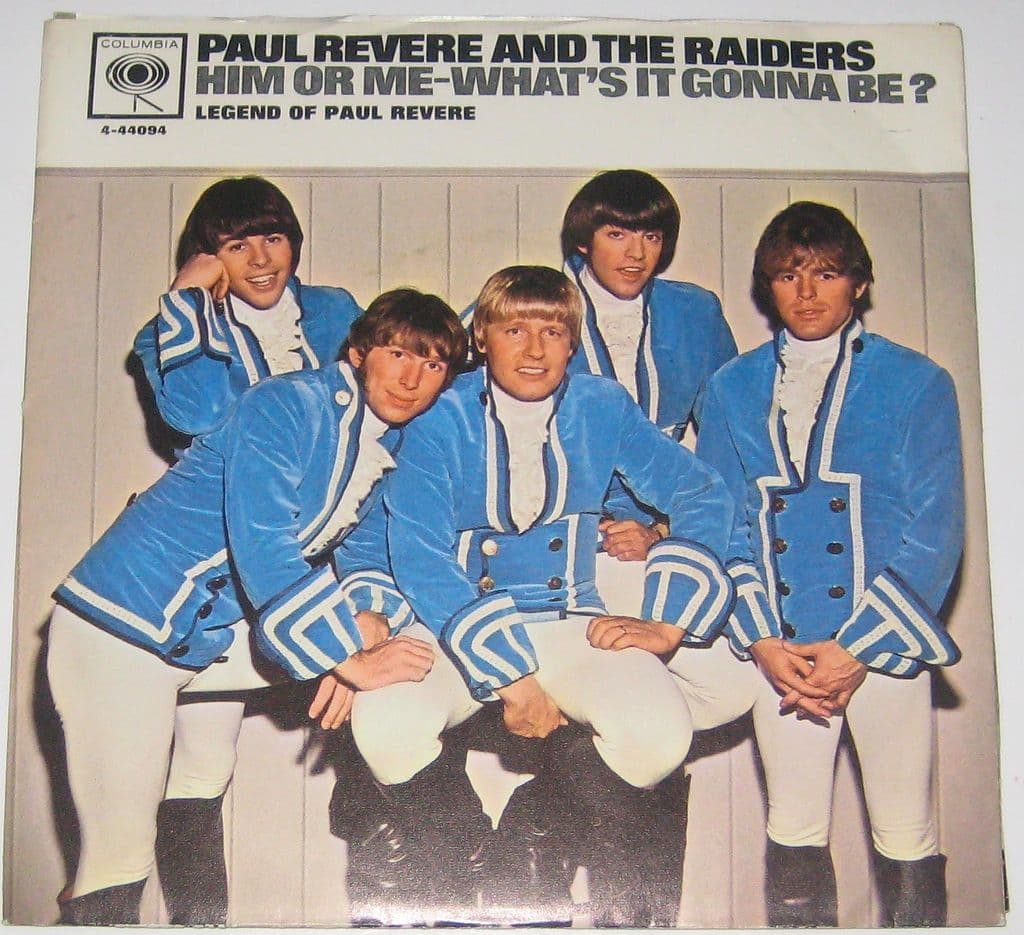
A haunting musical lament for a proud people stripped of their heritage.
There are songs that define a moment, a summer, an era. And then there are songs that feel like they’ve always been with us, carved into the very landscape of our memories. For many who came of age in the early 1970s, Paul Revere & The Raiders‘ “Indian Reservation” is one such song, a solemn, minor-key meditation that stood in stark contrast to the band’s earlier, high-energy garage-rock anthems. It was a surprising departure that resonated deeply, not just with its driving rhythm but with its powerful, emotional story.
Released in 1971, “Indian Reservation (The Lament of the Cherokee Reservation Indian)” was a massive success, becoming the group’s first and only number-one hit on the Billboard Hot 100 chart. It spent a week at the top in late July, a culmination of a remarkable 22-week run on the chart that saw it outsell even some of the era’s biggest names. For a band that had been a staple of the 1960s with hits like “Kicks” and “Hungry,” this chart-topping achievement was a kind of a final, triumphant act, solidifying their place in rock history in a way their previous singles never quite had. The single itself went on to be certified gold and later platinum, a testament to its widespread and enduring appeal.
The song’s story is as layered and complex as the history it recounts. Written by the prolific songwriter John D. Loudermilk, the track had an interesting journey long before Paul Revere & The Raiders ever got their hands on it. An earlier version, titled “The Pale Faced Indian,” was recorded by country singer Marvin Rainwater in 1959. It was a version that, while well-intentioned, contained some unfortunate stereotypes. It wasn’t until 1968, when British singer Don Fardon recorded an updated version, that the song found its footing as a modest hit.
But it was Paul Revere & The Raiders who truly made the song their own. By 1971, the band had dropped the “Paul Revere” from their name on their records and were simply “The Raiders.” The song was produced by their lead singer, Mark Lindsay, who, with an eighth Cherokee ancestry himself, felt a deep personal connection to the song’s narrative. This wasn’t just a band covering a song; it was a deeply felt performance. They stripped away some of the more stereotypical elements and delivered a version that was raw, powerful, and infused with an almost tangible sense of sorrow. The group’s organist, Paul Revere, famously took to the road on his motorcycle, traveling cross-country to promote the single on radio stations, an old-school move that paid off in a big way. The song’s instrumentation, particularly the eerie, swirling strings and the haunting vocals, gave it a unique texture that made it impossible to ignore.
The meaning of “Indian Reservation” is a lament for the devastating loss of Native American culture and life. It tells a story from the first-person perspective of a Cherokee person, reflecting on the forceful removal of their people, a brutal period in American history known as the “Trail of Tears.” The lyrics speak of a proud people stripped of their language (“Took away our native tongue / And taught their English to our young”), their traditional ways of life (“The tomahawk and the bowie knife”), and their economic self-sufficiency (“And all the beads we made by hand / Are nowadays made in Japan”). The song’s somber melody and mournful tone perfectly capture this sense of cultural genocide and profound sadness. The final line, “Cherokee nation will return,” offers a flicker of hope, a defiant promise of resilience against overwhelming odds. It’s a line that resonates with a beautiful, tragic power, making this song not just a pop hit, but a poignant piece of social commentary that remains relevant to this day. For those of us who remember hearing it on the radio, its sound still transports us back to a time of both innocence and awakening, a moment when the truth of our nation’s past began to seep into the very fabric of our popular music.